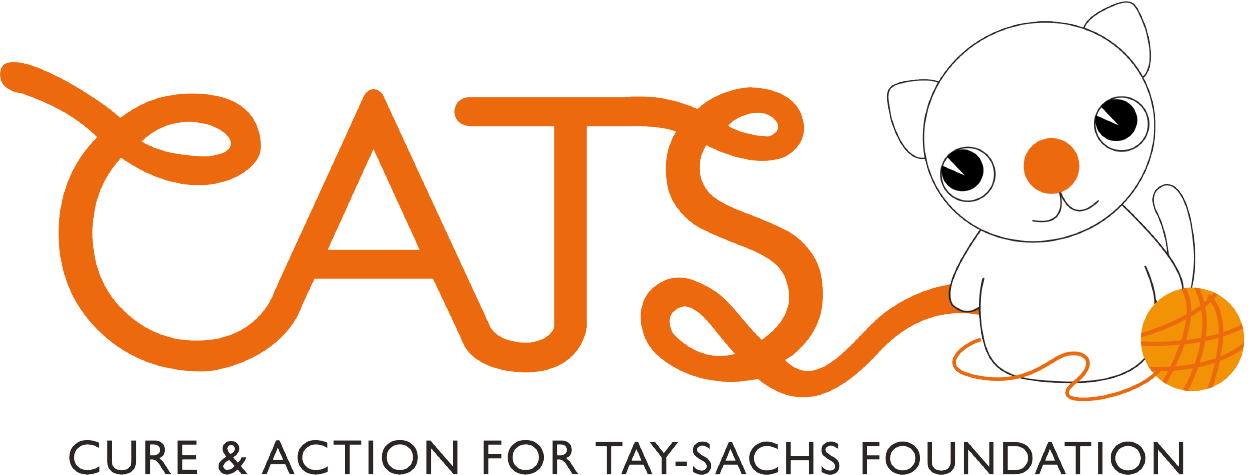
What is autosomal recessive inheritance
Tay-Sachs is classed as an autosomal recessive disease – this relates to how the disease is passed on genetically.
To understand what autosomal recessive inheritance means you first need to break down the words:
- Autosomal – this means the disease affects both males and females equally
- Recessive – this means both parents must be a carrier for a child to be at risk although the parents themselves (the carriers) are not affected by the disease
- Inheritance – this means the process of genetic transmission of characteristics (in this case the gene which causes Tay-Sachs) from parents to offspring.
It is possible to then understand that autosomal recessive inheritance describes the process of how the gene which causes Tay-Sachs passes from parent to child and why the parents as carriers are not affected by the disease but together they are at risk of having children affected by Tay-Sachs.
To further understand why a child is born with Tay-Sachs we need to look at how the gene is passed on and what the actual chances of it happening are.
How Tay-Sachs is passed on when both parents are carriers
Both parents carriers
High-risk couples, which are described as a man and the woman who are carriers of the same genetic condition, have a 25% chance with each pregnancy of conceiving a child with that condition.
There is a 50% chance of producing a child who is a carrier like the parents and a 25% chance that the child will be neither a carrier nor affected with the disease.
The image on right details each different genetic scenario where both parents are carriers.
How Tay-Sachs is passed on when one parent is a carrier
One parents a carrier
If only one parent is a carrier of the gene which causes Tay-Sachs then there is no chance of producing a baby with a recessive disease.
However, there is a 50% chance in each pregnancy that the child themselves will be a carrier who can then pass the gene onto their children in the future.
The image on the right details each different scenario where only one parent is a carrier.
The information has kindly been produced in conjunction with the NTSAD.



